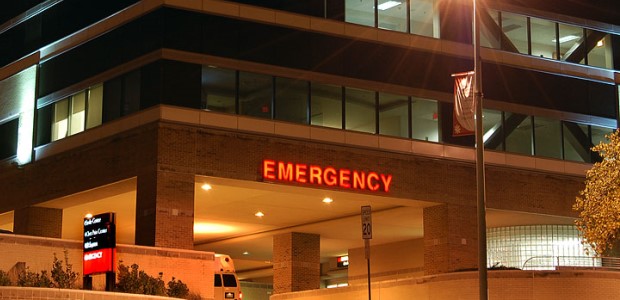
200 U.S. HAI Deaths Every Day: CDC
Two new reports, including one published in the New England Journal of Medicine, outline the national scope of the problem of health care-acquired infections.
An average of about one in every 25 hospital patients per day in the United States contracts an infection during the course of his or her care –- a pace that means about 722,000 infections occurred in 2011, according to new data reported by the Centers for Disease Control and Prevention. Two new reports are updates on CDC's previous estimates of these infections.
One was published in the New England Journal of Medicine and contains details on 2011 national HAI estimates from a survey of hospitals in 10 states. The other document is a 2012 annual report on national and state-specific progress toward the U.S. Health and Human Services' HAI prevention goals. It found that central line-associated bloodstream infections declined by 44 percent between 2008 and 2012; infections related to the 10 surgical procedures tracked in the report declined by 20 percent between 2008 and 2012; hospital-onset MRSA declined by 4 percent between 2011 and 2012; and hospital-onset C. difficile infections declined by 2 percent between 2011 and 2012.
"Although there has been some progress, today and every day, more than 200 Americans with healthcare-associated infections will die during their hospital stay," said CDC Director Dr. Tom Frieden, M.D., M.P.H. "The most advanced medical care won't work if clinicians don’t prevent infections through basic things such as regular hand hygiene. Health care workers want the best for their patients; following standard infection control practices every time will help ensure their patients' safety."
The CDC Multistate Point-Prevalence Survey of Health Care-Associated Infections, published in NEJM, used 2011 data from 183 U.S. hospitals to estimate the burden of a range of infections in hospital patients. About 721,800 infections occurred in 648,000 hospital patients, and approximately 75,000 patients with HAIs died during their hospitalizations.
The most common infections were pneumonia (22 percent), surgical site infections (22 percent), gastrointestinal infections (17 percent), urinary tract infections (13 percent), and bloodstream infections (10 percent). CDC reported the most common germs causing HAIs were C. difficile (12 percent); Staphylococcus aureus, including MRSA (11 percent); Klebsiella (10 percent); E. coli (9 percent); Enterococcus (9 percent); and Pseudomonas (7 percent).